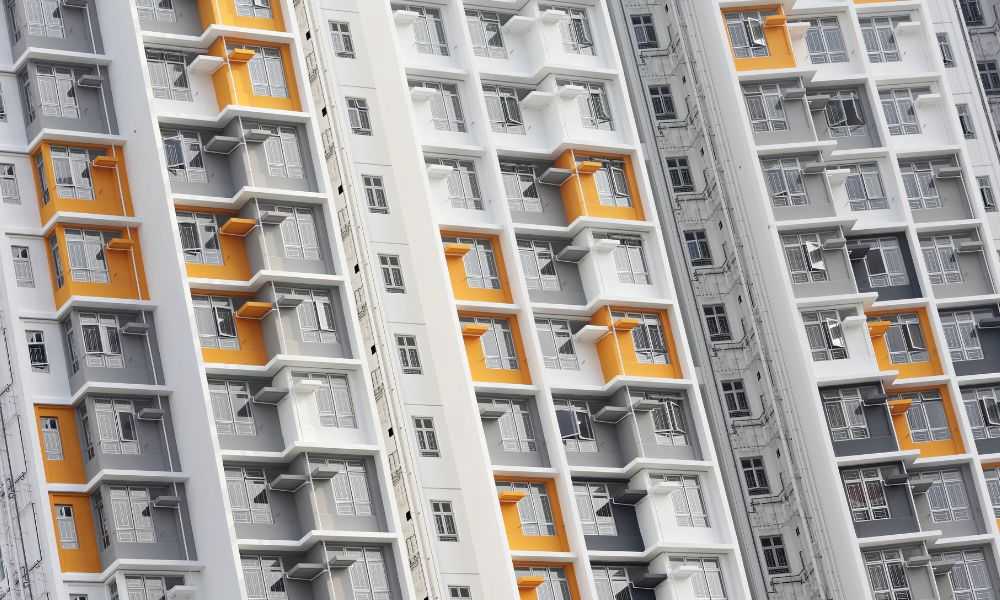Title: Micro-Unit Developments: Revolutionizing Urban Living Spaces
The skylines of major cities are evolving, with a new trend in real estate catching the eye of developers and urban dwellers alike. Micro-unit developments, compact living spaces typically ranging from 200 to 400 square feet, are emerging as a innovative solution to urban housing challenges. These diminutive dwellings are reshaping the concept of city living, offering affordability and efficiency in prime locations where space comes at a premium.

Addressing Affordability and Density Challenges
One of the primary drivers behind the micro-unit trend is the need for affordable housing options in expensive urban markets. As cities grapple with population growth and limited land availability, micro-units offer a way to increase housing density without compromising on location. These smaller living spaces typically come with lower price tags compared to traditional apartments, making them attractive to young professionals, students, and those looking to live in desirable neighborhoods without breaking the bank.
Design Innovations in Micro-Unit Development
Architects and interior designers are pushing the boundaries of creativity to make micro-units not just livable, but desirable. Cutting-edge design techniques focus on maximizing natural light, creating the illusion of space through clever use of mirrors and glass, and incorporating multifunctional furniture that can transform to serve different purposes throughout the day. Some developments even feature communal spaces like shared kitchens, lounges, and work areas to complement the compact private units.
Regulatory Challenges and Zoning Adaptations
The advent of micro-units has prompted cities to reassess their zoning laws and building codes. Many municipalities have minimum square footage requirements for residential units that don’t accommodate these smaller living spaces. Forward-thinking cities are now adapting their regulations to allow for micro-unit developments, recognizing their potential to address housing shortages. However, this process often involves navigating complex bureaucratic hurdles and engaging in community discussions about density and quality of life.
Impact on Urban Demographics and Lifestyle
Micro-units are not just changing the physical landscape of cities; they’re also influencing urban demographics and lifestyles. These compact living spaces appeal particularly to millennials and Gen Z, who often prioritize location and experiences over spacious accommodations. The trend is fostering a shift towards minimalism and efficient living, with residents embracing a less-is-more philosophy. This demographic shift can have ripple effects on local businesses, public transportation usage, and community dynamics in urban neighborhoods.
Investment Potential and Market Outlook
From an investment perspective, micro-unit developments present an intriguing opportunity. The higher density of units per building can potentially lead to greater returns for developers and investors. However, the long-term performance of these investments remains to be seen, as the concept is relatively new in many markets. Factors such as changing demographics, economic conditions, and evolving housing preferences will play crucial roles in determining the sustained demand for micro-units.
Critiques and Concerns Surrounding Micro-Living
While micro-units offer solutions to urban housing challenges, they’re not without critics. Concerns have been raised about the potential for overcrowding, the impact on mental health from living in such small spaces, and the risk of creating transient communities rather than stable neighborhoods. Additionally, some argue that the proliferation of micro-units could lead to a two-tiered housing market, with smaller, more affordable options for some and spacious, luxury units for others.
Future Prospects and Evolving Trends
As the micro-unit trend continues to evolve, we’re likely to see further innovations in design and technology to enhance the livability of these compact spaces. Smart home technologies, for instance, could play a significant role in optimizing the functionality of micro-units. There’s also potential for the concept to expand beyond urban centers, with some suburban areas exploring micro-unit developments as part of transit-oriented projects or downtown revitalization efforts.
In conclusion, micro-unit developments represent a bold reimagining of urban living spaces, offering a potential solution to housing affordability and density challenges in major cities. As this trend continues to gain momentum, it will be crucial for developers, policymakers, and urban planners to work together to ensure that these compact living spaces contribute positively to the urban fabric while meeting the diverse needs of city dwellers. The success of micro-units could reshape not only our physical environments but also our perceptions of what constitutes a home in the modern urban landscape.




